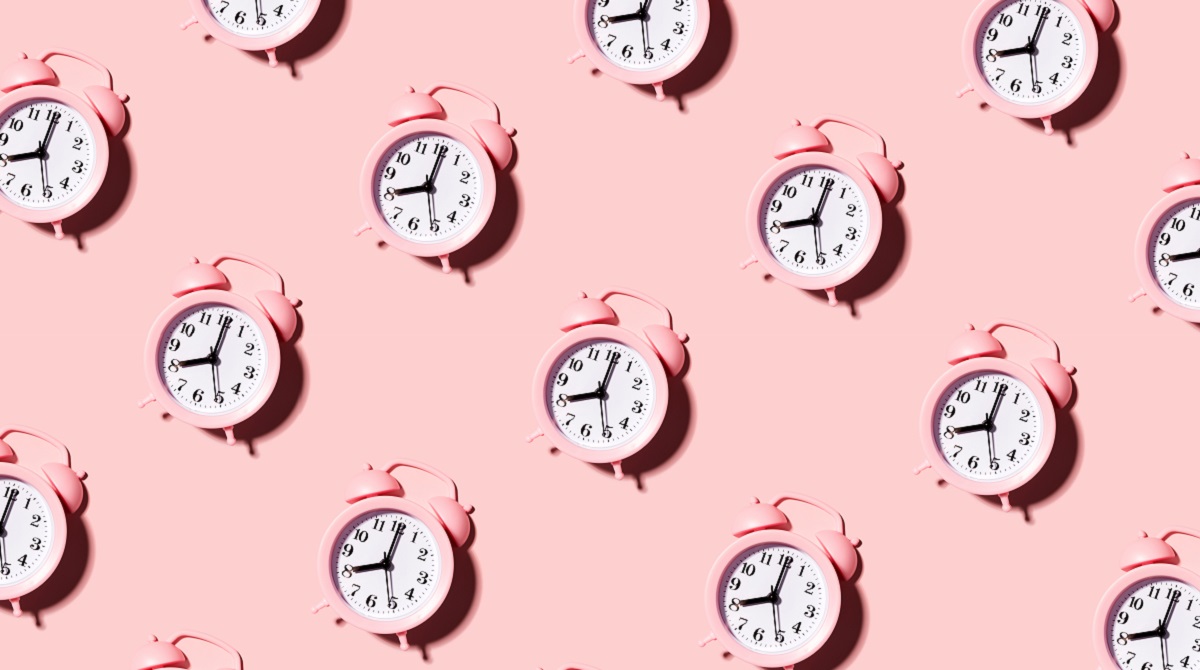Lawmakers in the Senate unanimously agreed that daylight saving time should become permanent in the U.S., but it's not the first time the idea has been floated in government. So, why now?
The Senate unanimously passed legislation Tuesday that would end the changing of clocks. The bill will now head to the House, and, if passed there, will be sent to President Joe Biden’s desk.
Supporters of the bill, including co-sponsor Sen. Marco Rubio, said that giving children an additional hour of sunlight after school will allow for safer trips home, more time spent outdoors and other health benefits. He also argued that there would be economic benefits to such a change.
Feeling out of the loop? We'll catch you up on the Chicago news you need to know. Sign up for the weekly Chicago Catch-Up newsletter here.
Members of Congress have long been interested in the potential benefits and costs of daylight saving time since it was first adopted as a wartime measure in 1942.
According to Reuters, at least 30 states have introduced legislation to end the practice of changing times each year, and Rep. Frank Pallone cited a study that suggested 71% of Americans are in favor of ending the time change each year.
The proposal will now go to the House, where the Energy and Commerce Committee had a hearing to discuss possible legislation last week.
Pallone, the chairman of the committee, agreed in his opening statement at the hearing that it is “time we stop changing our clocks.” But he said he was undecided about whether daylight saving time or standard time is the way to go.
The American Academy of Sleep Medicine has been for years been calling for a permanent switch to standard time, saying "there is ample evidence of the negative, short-term consequences of seasonal time changes."
The AASM cautioned that "making daylight saving time permanent overlooks potential health risks that can be avoided by establishing permanent standard time instead."
"Current evidence best supports the adoption of year-round standard time, which aligns best with human circadian biology and provides distinct benefits for public health and safety," the group said in a statement.
But the Department of Transportation says daylight saving time has a number of benefits. The DOT's website highlights the following:
- It saves energy. During daylight saving time, the sun sets one hour later in the evenings, so the need to use electricity for household lighting and appliances is reduced. People tend to spend more time outside in the evenings during daylight saving time, which reduces the need to use electricity in the home. Also, because the sunrise is very early in the morning during the summer months, most people will awake after the sun has already risen, which means they turn on fewer lights in their homes.
- It saves lives and prevents traffic injuries. During daylight saving time, more people travel to and from school and work and complete errands during the daylight.
- It reduces crime. During daylight saving time, more people are out conducting their affairs during the daylight rather than at night, when more crime occurs.
Daylight saving time is defined as a period between spring and fall when clocks in most parts of the country are set one hour ahead of standard time. Americans last changed their clocks on Sunday. Standard time lasts for roughly four months in most of the country.
In the United States, daylight saving time lasts for a total of 34 weeks, running from early-to-mid March to the beginning of November in those states that observe it. Under the bill, daylight saving time would no longer end in November.
Illinois residents are used to the sun going down just after 4 p.m. in the month of December, but should daylight saving time become permanent next year, the earliest sunset of the year would occur on Dec. 8, 2023 at 5:21 p.m.
Twilight would allow for a bit of residual daylight to stick around until just before 6 p.m.
The real change would occur at sunrise. With the time shifted forward by an hour, sunrise would not occur until after 8 a.m. for a good chunk of the winter, meaning that morning commutes for students and workers would be a bit darker.
In fact, sunrise wouldn’t occur until after 8 a.m. for a span of nearly two months, from Dec. 4 to Feb. 3.



